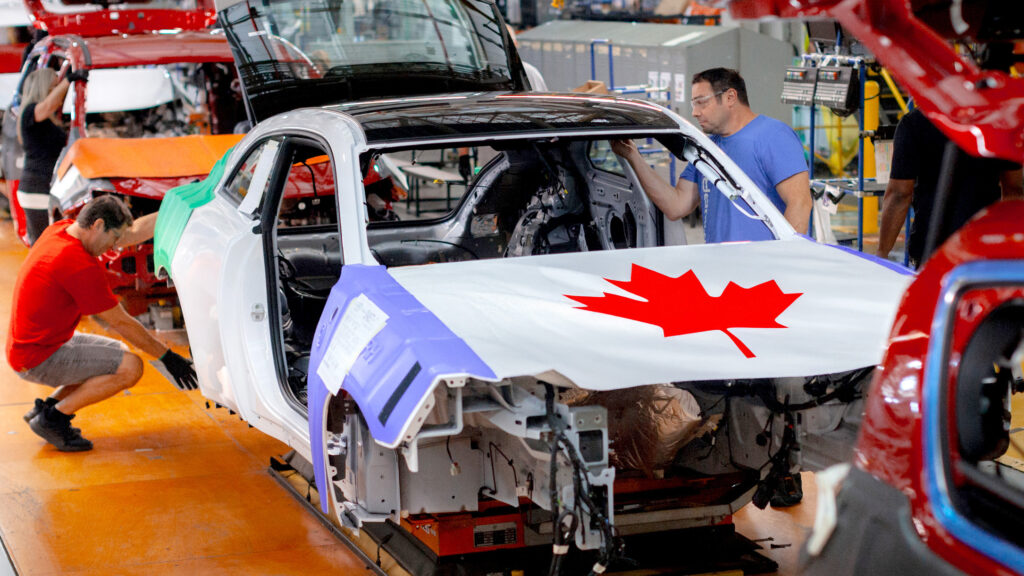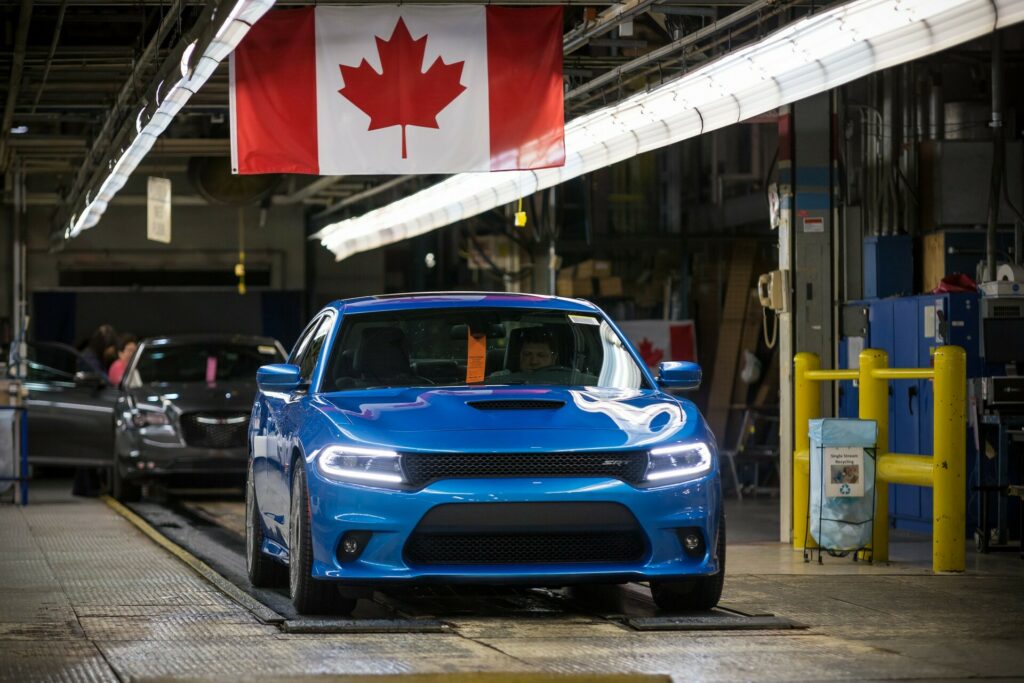Auto Industry Woes

North America’s auto industry is currently feeling the pinch due to escalating trade tensions. Recent actions include the introduction of tariffs that are having a significant impact on automotive production and jobs, especially in Canada. Industry insiders, like Unifor’s president Lana Payne, have raised concerns about how these tariffs could lead to both short-term and longer-lasting job losses.
Tariffs Impact

President Trump’s 25% tariff on automobile imports has hit Canada hard, with a Stellantis facility in Windsor, Ontario, temporarily pausing production for two weeks. The decision affected approximately 6,000 workers who, due to the tariffs, were issued short-term layoff notices. As Payne suggests, the industry is on edge, knowing that temporary layoffs could easily extend into longer periods if the tariffs remain in place.
Canada’s Response

In a direct response to the tariffs from the United States, Canada has implemented its own 25% tariffs on U.S. vehicles that do not comply with the United States-Mexico-Canada Agreement (USMCA) regulations. This includes cars that incorporate parts from outside North America. The trade actions are starting to strain Canadian suppliers, some of which may be particularly vulnerable due to higher production costs.
Potential Consequences
The economic ripple effect of these trade tensions could reach across the whole North American automotive sector. For Canadian suppliers, the increased costs could limit operations, forcing them to scale back or potentially cease production. This showcases the interconnected nature of the automotive industry and how a disturbance in one area can have widespread consequences.
Driving Experience Amid the Turmoil
While these trade issues might not impact the driving experience directly, they could affect the variety and cost of vehicles available to consumers. For instance, U.S. buyers might notice a shift in prices if these tariffs continue, potentially making vehicles assembled in Canada and vice-versa more expensive.
When getting behind the wheel of a vehicle assembled under such turbulent trade conditions, the experience remains as smooth and reliable as one might hope. Compare this situation to driving models like the Ford Mustang or Dodge Charger, which boast power but must now overcome additional cost challenges due to tariffs in the production chain. It is a complex scenario, but beneath it all, the feel of the car on the road remains as satisfying as ever.
These ongoing developments serve as a reminder of the intricate dynamics within the automotive market and how external economic factors can significantly sway industry operations and the ultimate product experienced by the consumer.
Maserati MC20 Unveiled
Denza Z9 GT Debuts
Car Market Revs Down
Charger Crash Drama
Electric Pickup Mystery